Optimal Timing for Roofing Services
Scheduling roofing services at optimal times can ensure better results and longer-lasting repairs or installations. The ideal period depends on climate conditions, temperature, and weather patterns, which influence roofing material performance and safety.
Spring offers moderate temperatures and less rain, making it suitable for roofing projects. It allows for thorough inspections and repairs before the heat of summer.
Summer provides long daylight hours and warm weather, ideal for roofing work. However, extreme heat can pose safety concerns and affect material handling.
Fall features cooler temperatures and dry conditions, which are favorable for roofing projects. It also prepares roofs for winter weather.
Winter is generally less suitable due to cold temperatures, snow, and ice, which can delay work and impact material integrity.

Spring weather conditions facilitate effective roofing repairs and installations.

Summer's warm weather supports extended work hours and efficient material application.
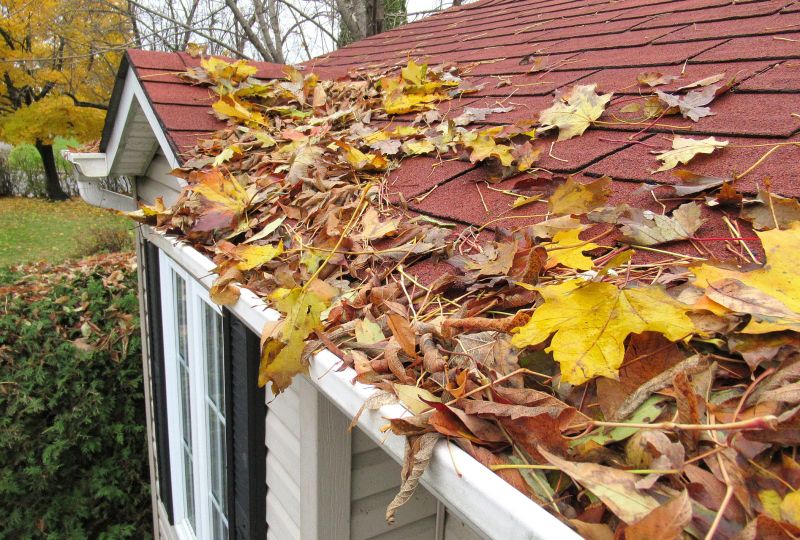
Fall allows for completing projects before winter and assessing roof conditions.
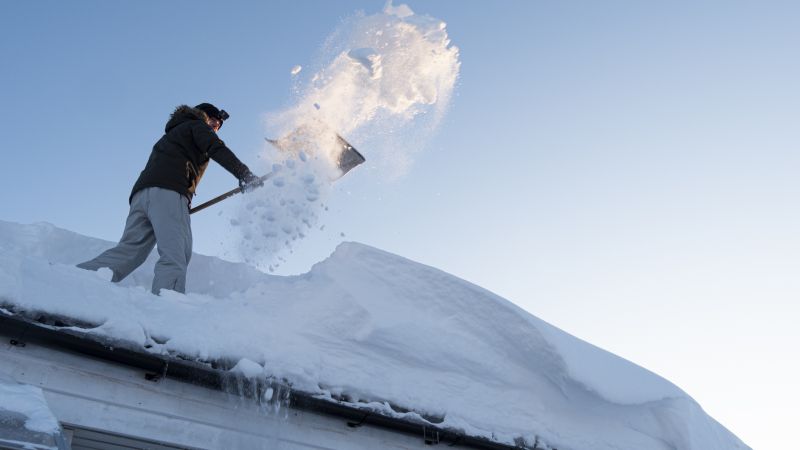
Winter's cold and snow can hinder roofing activities and compromise materials.

Spring is ideal for thorough roof inspections after winter weather.

Summer is suitable for maintenance and minor repairs due to favorable weather.

Fall provides an opportunity to address issues before winter sets in.

Winter work requires additional safety measures due to ice and cold temperatures.
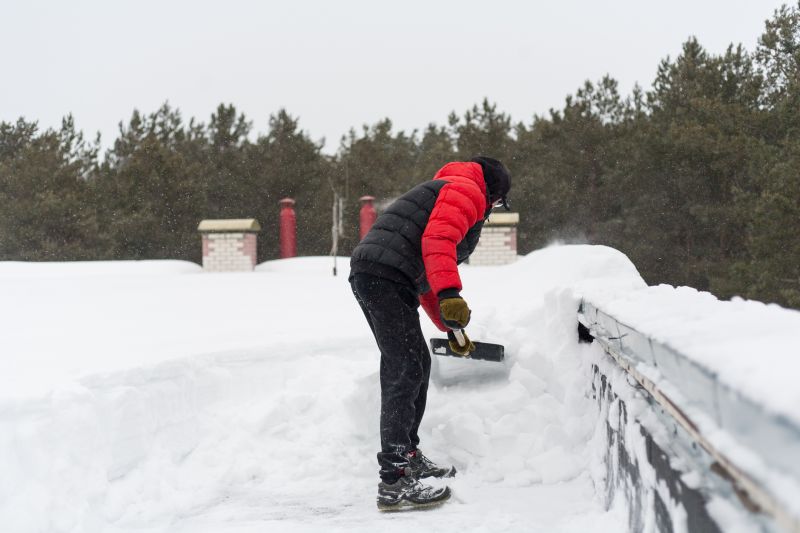
The best seasons for roofing are spring and fall, balancing weather and work conditions.
| Season | Ideal Roofing Activities |
|---|---|
| Spring | Inspections, repairs, installations |
| Summer | Maintenance, minor repairs, inspections |
| Fall | Preparation, repairs, inspections |
| Winter | Limited repairs, assessments, safety precautions |
Roofing services encompass a range of activities including inspections, repairs, replacements, and maintenance. Proper timing ensures that these services are performed under optimal weather conditions, reducing delays and extending the lifespan of roofing materials. Weather factors such as temperature fluctuations, precipitation, and humidity significantly influence the quality and durability of roofing work. For example, asphalt shingles are best installed in moderate temperatures to prevent cracking or improper adhesion, while metal roofing can be installed year-round with proper precautions.
Statistics indicate that scheduling roofing projects during favorable weather can reduce project completion times by up to 30%. Additionally, timely maintenance can prevent costly repairs and extend the lifespan of a roof by several years. Regular inspections and seasonal repairs are recommended to maintain roof integrity, especially in regions with variable weather patterns like Henderson, NV.

Performing inspections during spring helps identify winter damage early.

Summer's warm weather supports effective repair work.

Fall is ideal for addressing issues before winter weather begins.
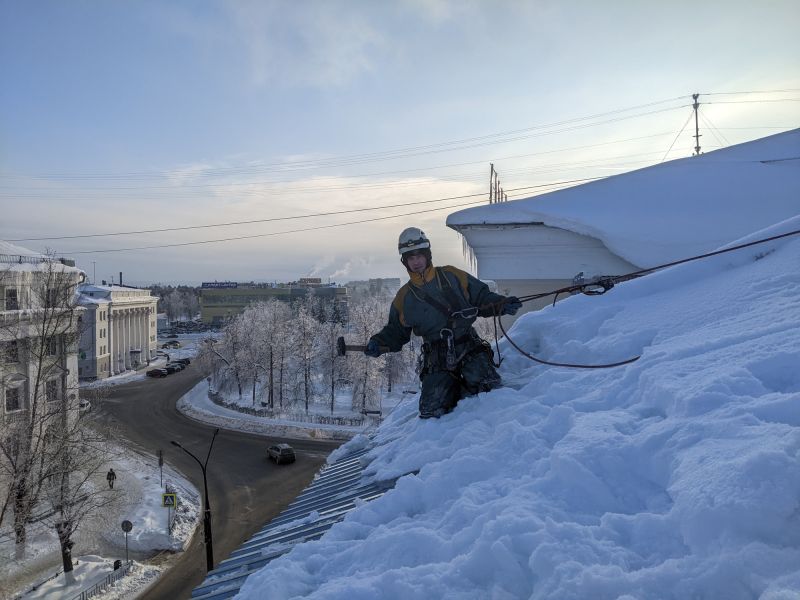
Limited winter work focuses on safety and assessments.

Weather conditions directly impact roofing project schedules.
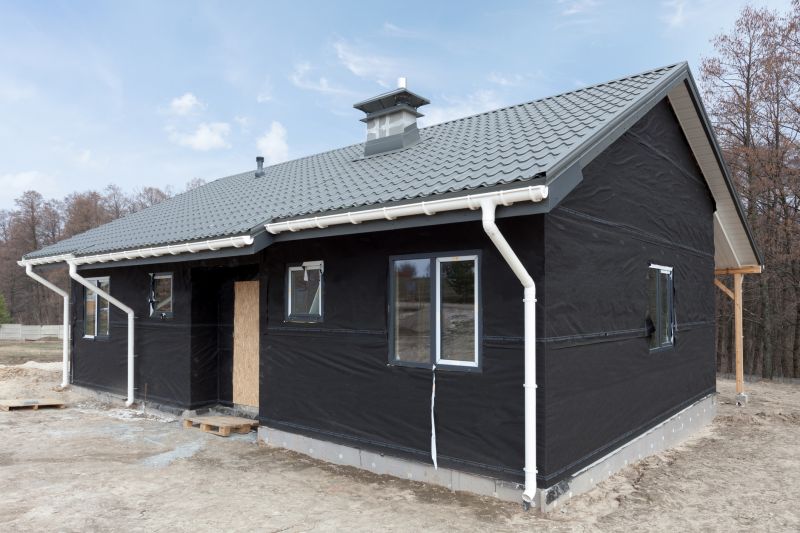
Material selection and installation timing influence durability.
Interested in scheduling roofing work? Fill out the contact form to discuss options and timing.


